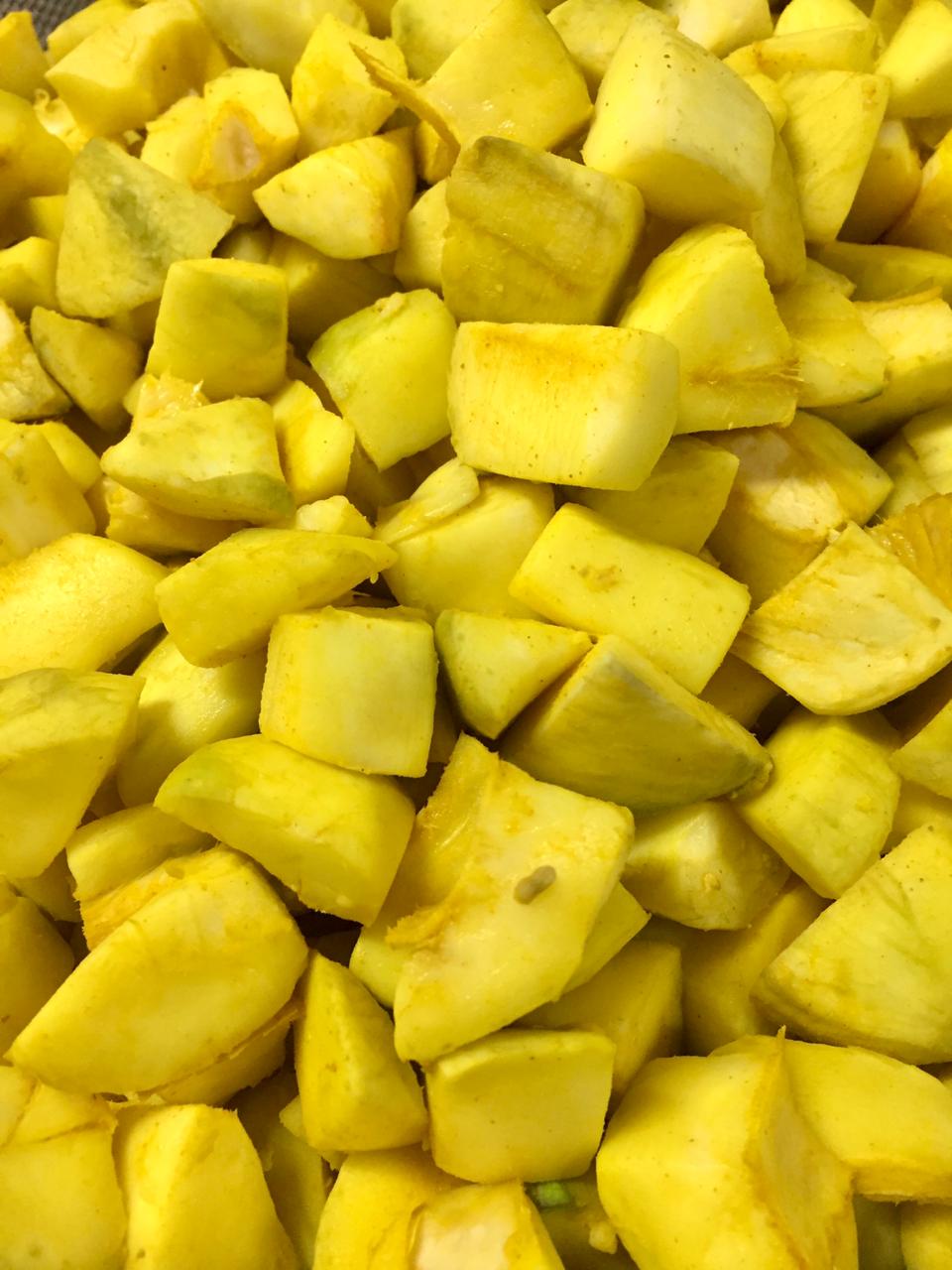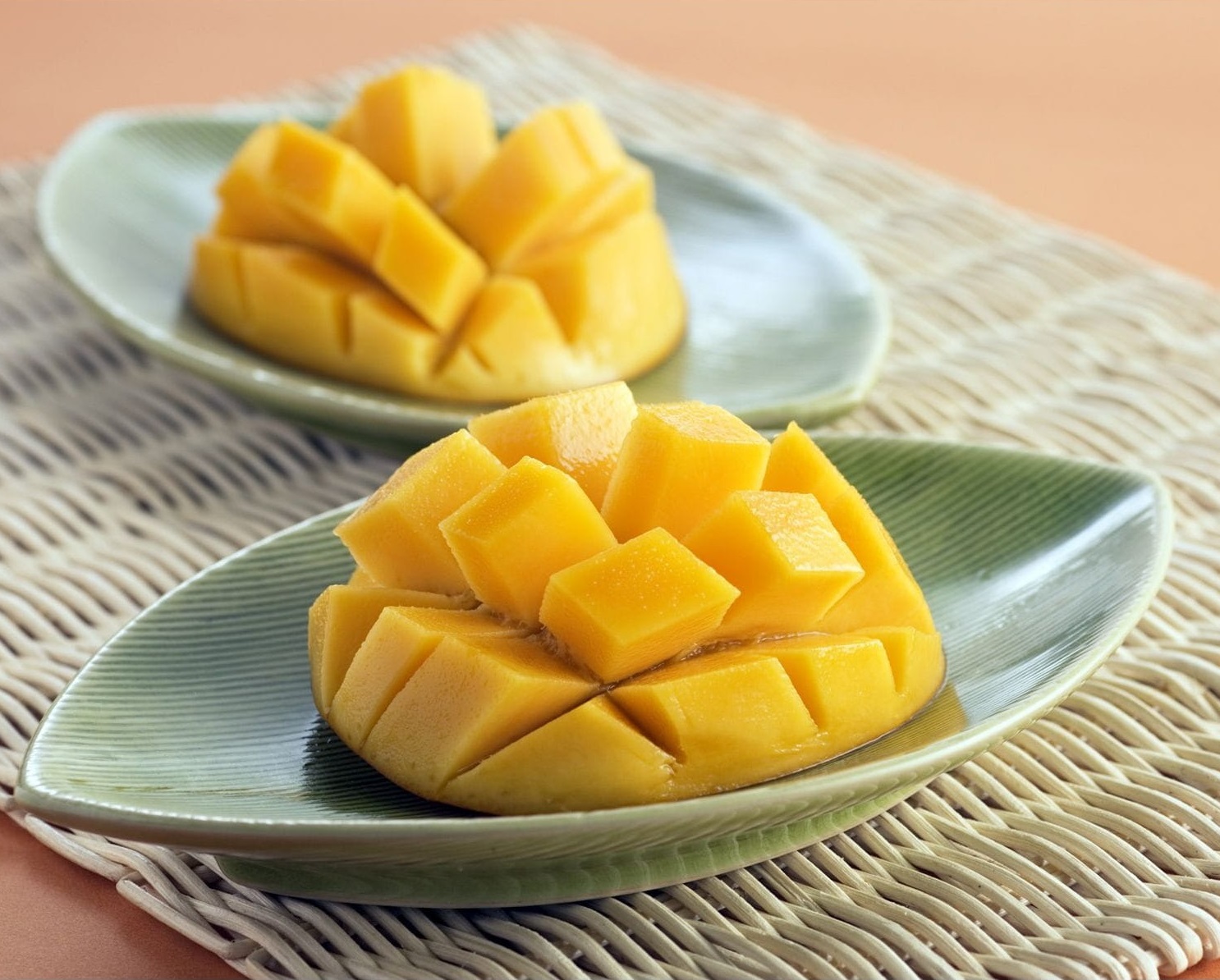
Greetings, dessert enthusiasts! 🍽️💕 Today, we’re embarking on a culinary journey into the realm of no-bake desserts, with a spotlight on a delightful and refreshing treat – the No-Bake Blueberry Cheesecake. Our guide for this journey is none other than the talented baker behind the YouTube channel 조꽁드Joconde’s Baking. Known for its vast repertoire of baking recipes and easy-to-follow instructions, 조꽁드Joconde’s Baking has become a go-to resource for dessert lovers. Today, we’re delving into their popular video titled “No-Bake Blueberry Cheesecake”.🍰🍇
If you’re a food enthusiast who loves experimenting with new recipes and sharing your culinary creations, consider joining our Vibrant and Engaging Food Lovers community on Facebook. It’s a place where food lovers from around the world can share their favorite recipes, cooking tips, and foodie adventures. We can’t wait to see what delicious dishes you’ll create next!
🌟 The Magic of No-Bake Desserts 🌟
No-bake desserts are a culinary marvel. They offer the sweet satisfaction of a baked dessert, without the need for an oven. This makes them an excellent choice for those hot summer days when turning on the oven feels like a chore. They’re also a great option for those who are new to baking or simply want a quick and easy dessert option. The No-Bake Blueberry Cheesecake from 조꽁드Joconde’s Baking perfectly embodies the charm of no-bake desserts. It’s a simple yet elegant dessert that boasts a delightful blend of creamy cheesecake and the tangy sweetness of blueberries.
🍇 The Star Ingredient: Blueberries 🍇
Blueberries take center stage in this cheesecake, lending their sweet and tangy flavor to the creamy cheesecake base. But blueberries aren’t just about taste; they’re also packed with antioxidants, making this dessert a healthy treat. In this recipe, blueberries are used in two ways: they’re pureed and mixed into the cheesecake filling, and they’re also used to create a jelly layer that adds a beautiful visual element to the finished dessert. This dual use of blueberries ensures that every bite of the cheesecake is bursting with their refreshing flavor.
🍰 The Cheesecake Base 🍰
The base of this cheesecake is a creamy, tangy mixture of cream cheese, sugar, plain yogurt, fresh cream, lemon juice, and lemon zest. This combination creates a rich and flavorful cheesecake filling that pairs wonderfully with the sweet blueberry layers. The addition of gelatin helps to set the cheesecake, giving it a firm yet creamy texture that’s simply irresistible.
🍪 The Oreo Crust 🍪
The crust of this cheesecake is made from Oreo cookies and melted butter. This combination creates a crunchy, chocolatey base that adds a delightful contrast to the creamy cheesecake and fruity blueberry layers. The crust is easy to make and sets in the fridge, making it a perfect base for this no-bake dessert.
🎂 Assembling the Cheesecake 🎂
Assembling this cheesecake is like creating a work of art. It involves carefully layering the different components in a round mousse ring. The process starts with pressing the Oreo crust into the bottom of the ring. Then, a layer of the blueberry cream cheese filling is added, followed by a layer of blueberry jelly. Finally, the remaining cream cheese filling is spread on top. The cheesecake is then refrigerated for several hours to allow it to set. The result is a visually stunning and delicious dessertthat’s sure to impress.
🍽️ Enjoying the No-Bake Blueberry Cheesecake 🍽️
Once the cheesecake is set, it’s ready to be enjoyed! The combination of the creamy cheesecake, sweet blueberry layers, and crunchy Oreo crust creates a symphony of flavors and textures in every bite. This dessert is perfect for any occasion, whether it’s a special celebration or a simple weeknight treat. It’s a dessert that’s sure to delight your taste buds and leave you craving for more.
📝 Recipe Notes 📝
The creator of this recipe, 조꽁드Joconde’s Baking, recommends adjusting the amount of gelatin based on the weather or the condition of your fridge. In hotter weather, you might need to use more gelatin to ensure the cheesecake sets properly. Also, it’s important to strain the blueberry puree to remove any seeds or skin that could affect the texture of the cheesecake. These little tips can make a big difference in the final result, ensuring that your No-Bake Blueberry Cheesecake turns out perfect every time.
🎉 Join the Food Lovers Community 🎉
If you’re a food enthusiast who loves experimenting with new recipes and sharing your culinary creations, consider joining our Vibrant and Engaging Food Lovers community on Facebook. It’s a place where food lovers from around the world can share their favorite recipes, cooking tips, and foodie adventures. We can’t wait to see what delicious dishes you’ll create next!
🙏 Credits 🙏
A big thank you to 조꽁드Joconde’s Baking for sharing this delightful No-Bake Blueberry Cheesecake recipe. Be sure to check out their YouTube channel for more delicious baking recipes and tips.












